Optimising CNC Machining Operations through following Basic Design Guidelines
September 30, 2021The manufacturing industry relies on various machining processes in generating different types of parts and products. The machining process pertains to the use of tools in removing certain parts of a material to come up with the final product. Some notable machining processes that are being maximised by the industry are turning, drilling, milling, grinding, boring, sawing, and reaming.
Most types of machining processes can now be done more effectively due to the integration of computer numerical control or CNC. CNC maximises pre-programmed software and code so that it can easily control the movement and operation of the tools involved in a specific process. With CNC being integrated into the machining process, the manufacturing industry can come up with parts and products that boast more defined specifications and form factors.
Some products that can be generated by CNC machining are blades, dies, and punches. But before these products can boast excellent properties, the CNC machining operations must be optimised first.
Practical Limitations of CNC Machining
Even though CNC machining processes acquire a significant boost in terms of their overall operations, their associated tools still boast some limitations that must be considered thoroughly by manufacturers.
CNC machining processes employ milling tools that have been around for a long time. Hence, they may only produce products out of a limited range of geometries.Additionally, milling tools cannot preciselycut sharp internal corners in select workpieces despite being controlled by excellent software and codes.
Just like milling tools, lathes are likewise restricted in some ways. Lathes are designed to produce round or cylindrically shaped parts. Even with the integration of CNC, they are still restricted from producing parts that have round or cylindrical shapes. They, moreover, can only operate within a predetermined range of motion, which makes their movement very limited.
One way to overcome the limitations of CNC machining tools is to subject the workpieces to live tooling. The workpieces may also boast the needed form factors if they will be processed by both tools.
CNC Machining Design Optimisations
Another great way of overcoming the limitation of CNC machining tools is to apply design optimisations. Manufacturers that utilise CNC machining tools can easily yield high-quality products if they will be following optimised design templates. They could likewise save a lot of time and money.
Design optimisations can be done in numerous ways. For one, manufacturers can simplify the designs of their products. Simplifying the designs that will be carried out by CNC machining tools can effectively fabricate products in just a short time. Consolidating the usage of tools can likewise be done so they do not spend too much time in some steps of the machining process.
Manufacturers should also utilise standard hole sizes. The use of standard drill sizes for generating holes can be effective in reducing manufacturing costs and duration. Ultimately, design optimisations can be achieved by using the right materials. Materials that are difficult to process will only yield high manufacturing costs. Processing softer materials can guarantee parts and products with great designs.
We, at Gunna Engineering, produce blades, dies, and punches that are highly optimised for your needs. To know more about our services, feel free to contact us.
Optimized by: Netwizard SEO


